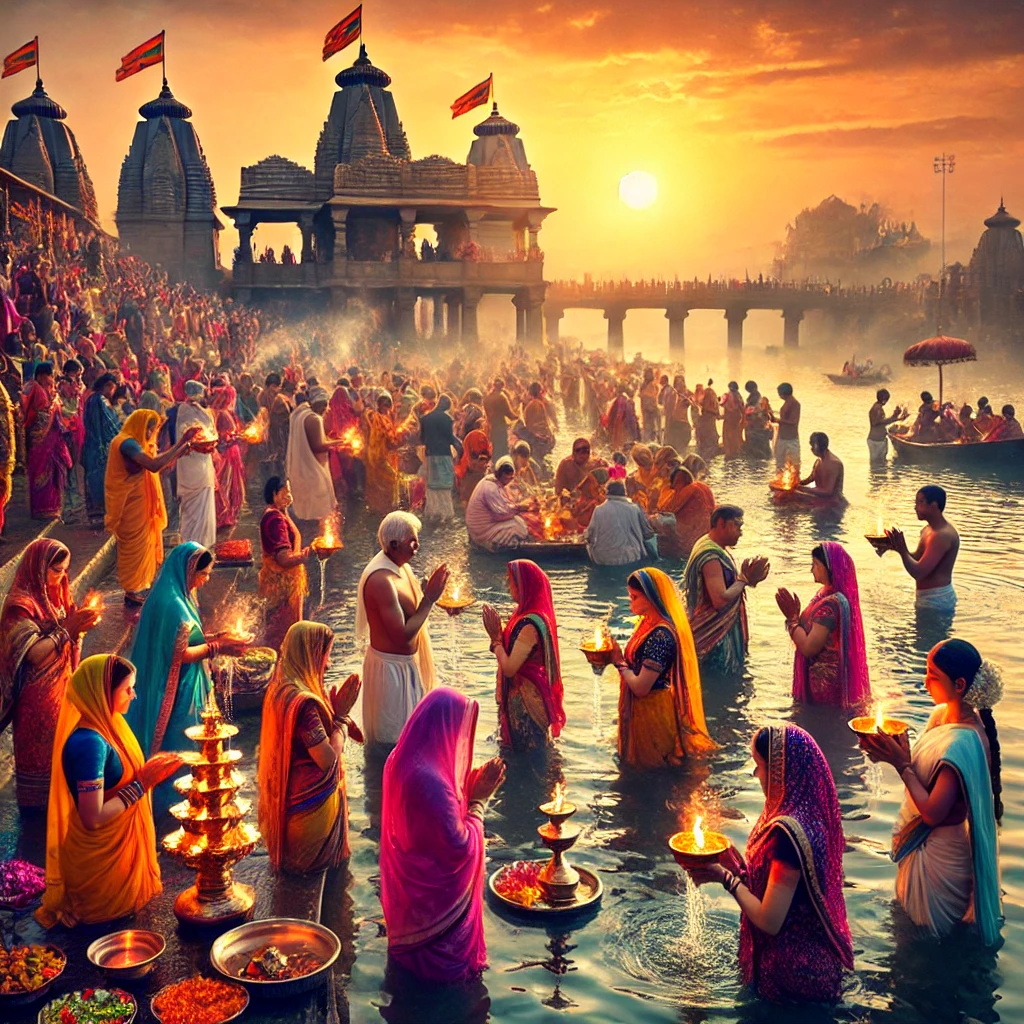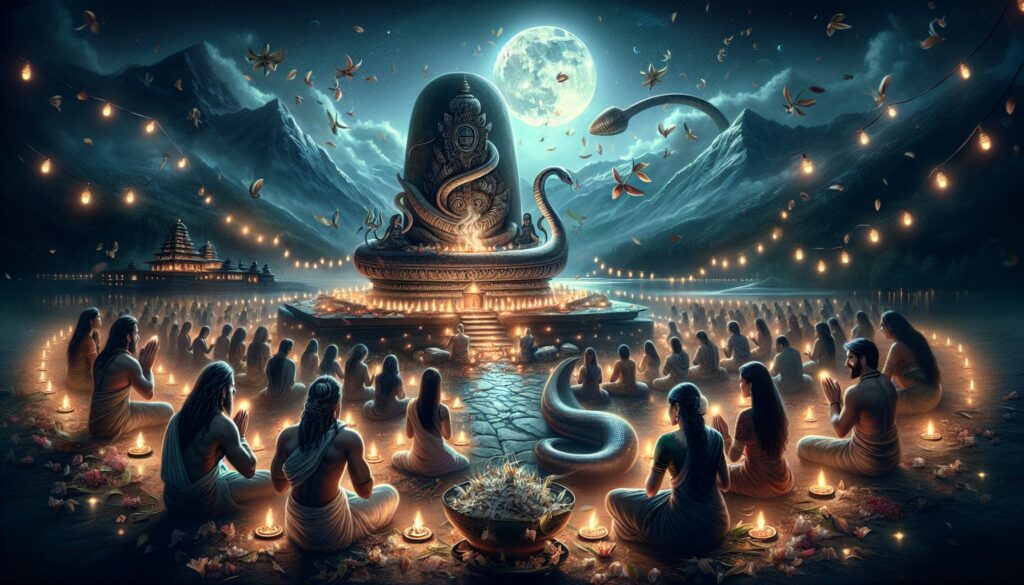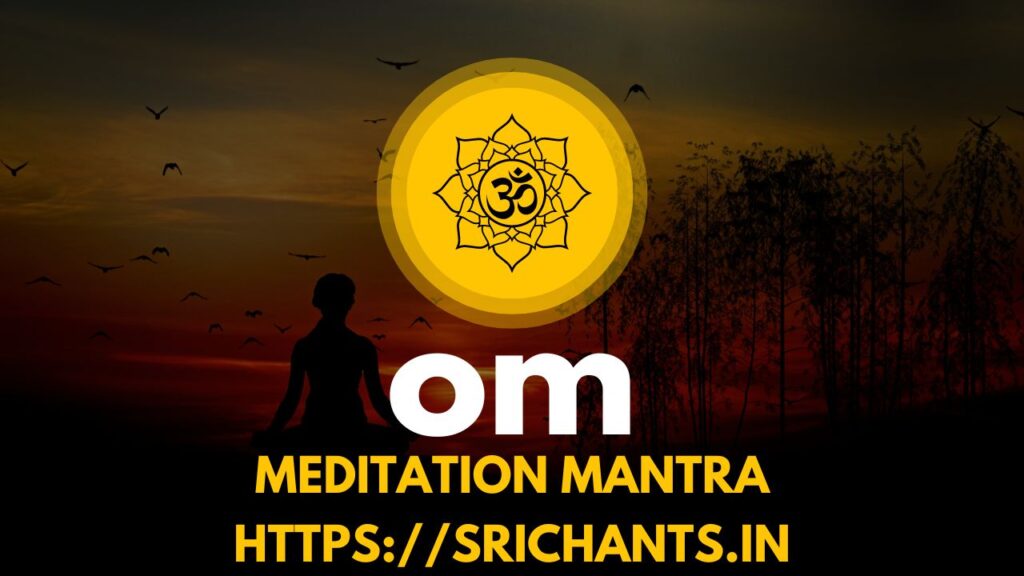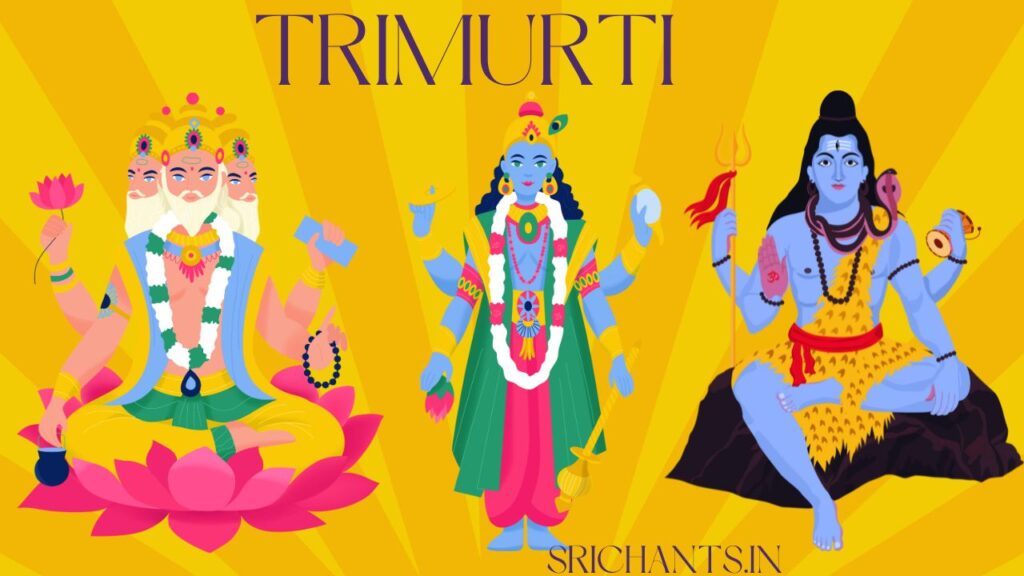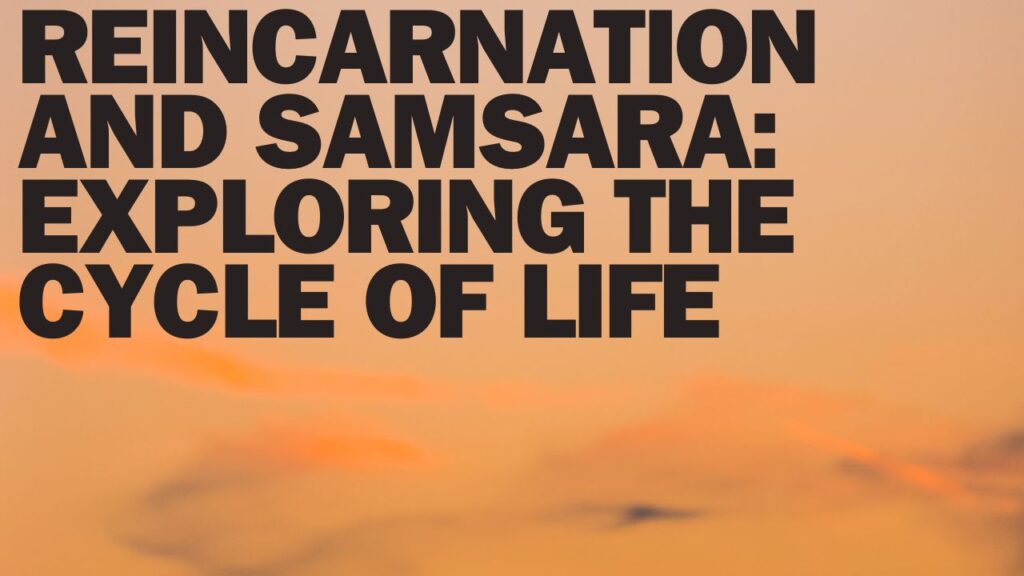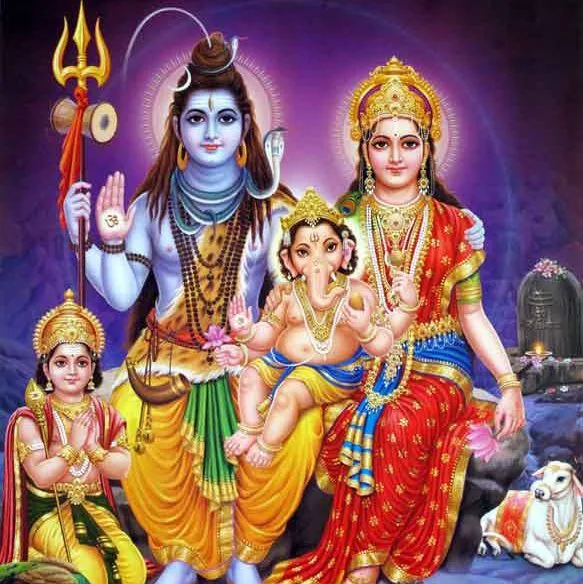Meena Sankranti
Introduction
India is a nation of great customs and divine festivity. In Hindu religion, every festival and astrological event is quite important. Meena Sankranti is one such less well-known yet quite lucky day. The Sun moves from the zodiac sign Kumbha Rashi (Aquarius) to Meena Rashi (Pisces) in this celestial change. It is noted in several parts of India under great spiritual dedication and religious practices.
Meena Sankranti is thought to be a period of divine metamorphosis, atonement, and spiritual waking. Hindus all around engage in particular prayers, holy dips in revered rivers, and seek blessings for wealth and well-being.
Let’s examine in great depth Meena Sankranti’s significance, customs, and astrological features.
Significance of Meena Sankranti
For Hinduism, Meena Sankranti is particularly significant. Vedic astrology defines Sankranti as the change of the Sun (Surya) from one zodiac sign to another. This movement shapes spiritual energy, human life, and the natural world.
Meena Sankranti signals the Sun’s last change before the Hindu New Year. Being the last Sankranti before Mesha Sankranti (Solar New Year), this is a potent moment for releasing previous negativities and getting ready for a fresh start. Particularly good for generosity, religious rites, and spiritual introspection is this day.
Some key reasons why Meena Sankranti is significant:
- End of a Solar Cycle: As the Sun enters Pisces, it signifies the conclusion of an astrological cycle and prepares for renewal.
- Gateway to Chaitra Month: It paves the way for Chaitra Navratri, the Hindu New Year festival.
- Auspicious for Donations: Performing daan (charity) on this day is believed to wash away sins and bring divine blessings.
- Spiritual Cleansing: Taking a dip in sacred rivers like Ganga, Yamuna, and Godavari is believed to purify the soul.
Meena Sankranti Rituals and Traditions
1. Holy River Bath (Snan)
One of the most important rituals of Meena Sankranti is taking a holy dip (Snan) in sacred rivers like:
- Ganga (Varanasi, Haridwar, Prayagraj)
- Yamuna (Mathura, Vrindavan, Delhi)
- Godavari, Krishna, Narmada, and Kaveri
Devotees believe that bathing in these rivers on Sankranti cleanses the soul and removes past karmic debts.
2. Offering Prayers to Lord Surya (Sun God)
Sun God Surya Dev is honored on this day with Arghya (offering water to the Sun) during sunrise. This is done to seek blessings for health, prosperity, and success.
3. Donating to the Needy (Daan-Punya)
Performing charity (daan) on Meena Sankranti brings immense spiritual merit. Devotees donate:
- Clothes and food to Brahmins and poor people
- Cows (Gau Daan) and grains to temples
- Money, blankets, and utensils to the needy
4. Visiting Temples and Performing Puja
On this auspicious day, devotees visit temples dedicated to Lord Vishnu, Lord Shiva, and Surya Dev. Special pujas and bhajans are performed, invoking divine grace.
5. Preparing and Sharing Sattvic Food
As part of religious observances, devotees prepare sattvic (pure) meals and offer them to deities before consuming them. Dishes made from jaggery, sesame seeds, rice, and lentils are commonly prepared.
Astrological Importance of Meena Sankranti
According to Vedic astrology, Meena Sankranti is a major celestial event. It signifies the Sun’s journey through the Pisces zodiac sign, which represents spiritual growth, compassion, and introspection.
- Influence on Zodiac Signs: This transition impacts all 12 zodiac signs, influencing their energies for the upcoming month.
- Connection to Water Element: Pisces is a water sign, indicating deep emotional and spiritual cleansing.
- Preparation for Mesha Sankranti: It helps individuals transition towards a new astrological year with positive intentions.
Regional Celebrations of Meena Sankranti
Though Meena Sankranti is not as widely celebrated as Makar Sankranti, it holds importance in various regions:
- North India: Devotees in Uttar Pradesh, Delhi, and Punjab take dips in the Ganges and perform Surya Puja.
- West India: In Maharashtra and Gujarat, people observe fasts and distribute food to the poor.
- South India: Karnataka and Tamil Nadu temples conduct special pujas and annadanam (food donation).
- East India: Odisha and Bengal witness river baths and Vishnu worship rituals.
How to Observe Meena Sankranti at Home
If visiting temples or rivers isn’t possible, one can observe Meena Sankranti at home by:
- Rising early and soaking in a bath before dawn.
- Presenting water to the Sun (Surya Arghya).
- Speaking the Gayatri Mantra and Surya Mantra.
- Cooking and distributing basic sattvic cuisine.
- Giving food, clothing, or money to a temple or underprivileged individual.
- Mediating for inner serenity and spiritual clarity.
Conclusion
The lovely and spiritually uplifting Meena Sankranti presents a chance for devotion, self-purification, and generosity. This reminds us to let go of the past and welcome optimism as we get ready for the new astrological year.
Observing the customs with faith and dedication helps us to welcome divine benefits, wealth, and tranquility into our life. Every effort performed on this day yields great spiritual benefits, whether through temple visits, charity, or basic prayers at home.
Come together to honor Meena Sankranti with faith, thanks, and delight!

